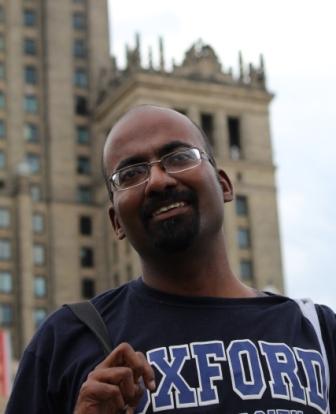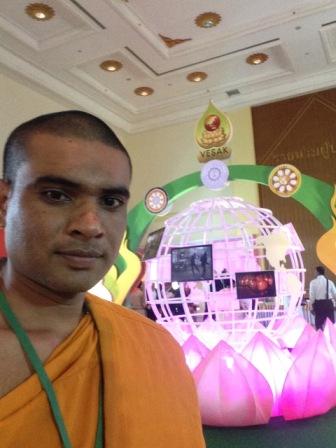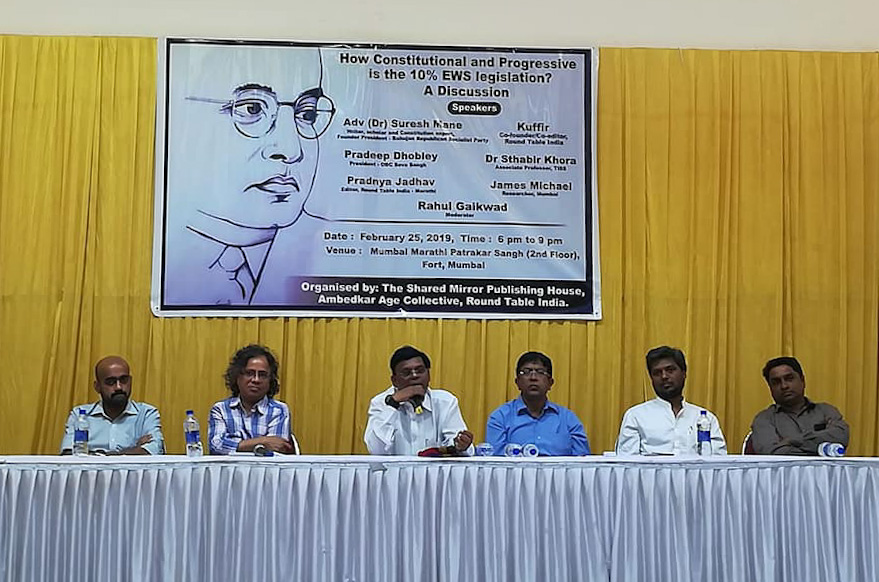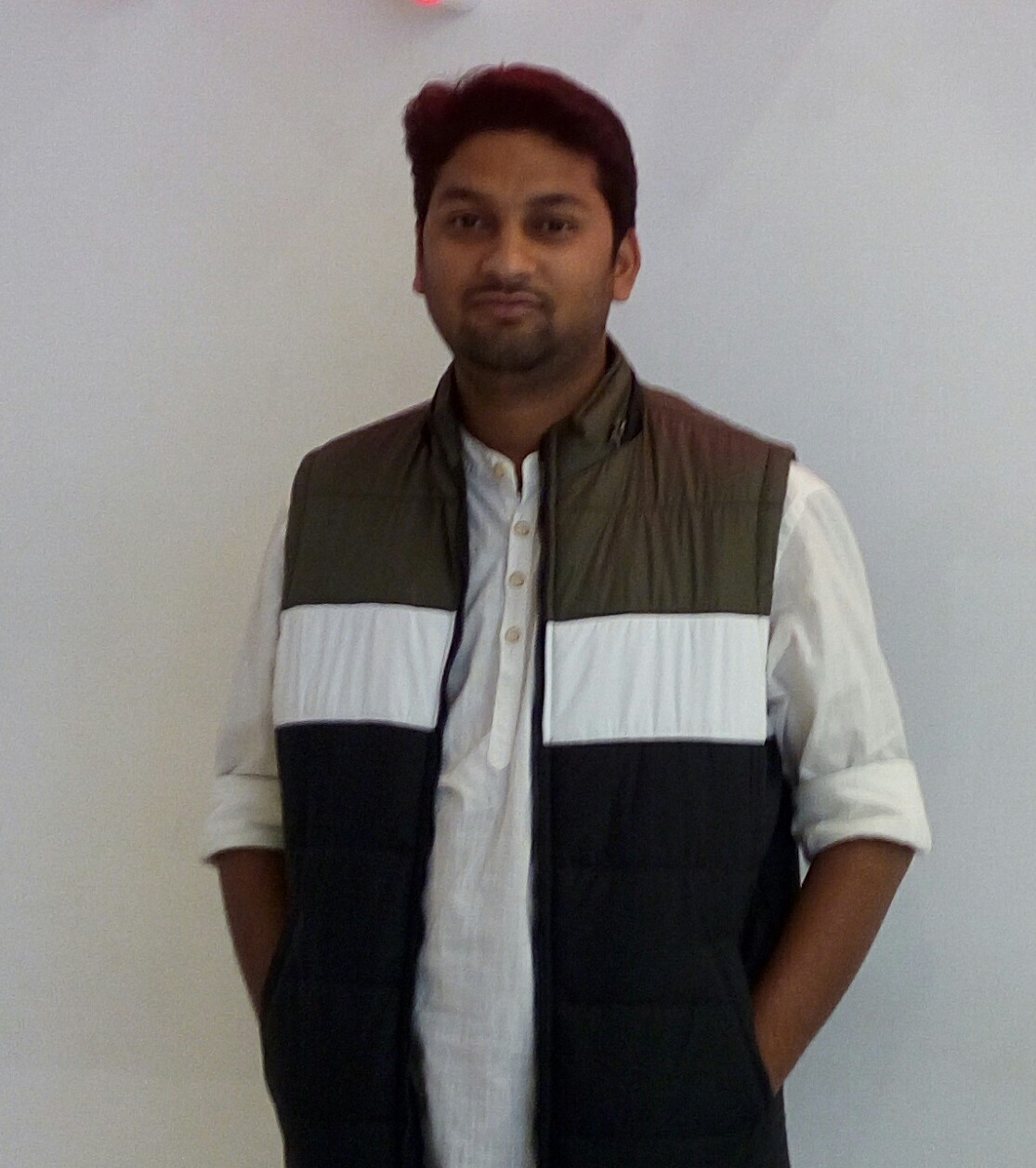Umar Nizar
The graffiti superstar Banksy known for his politically charged work, has recently been playing it safe by making animal murals in the city of London, which is interesting in the light of the recent right wing hooliganism and rioting in the UK. Multiculturalism in the UK is a sham, and so is the hyper- woke art world because Tommy Robinson, a right wing rabble-rouser was allowed to hold a mass event with concert-level facilities at the Trafalgar Square in July 2024, and Banksy has been making animal murals as graffiti that are pitched at the subaltern to paint them as covetous. The murals, an attempt to go beyond the human, into the post-human realm, underlines that Bansky has been trapped for ever in the capitalist Anthropocene and there is no escape for either Banksy or the banks that have indirectly been footing his art via Sothebys etc. The hyper-woke art world elites are attempting to liquidate the species-being of humans, which Hegelians would call, the Gattungswesen (species-being). Max Weber would call it the `Protestant Ethic’, which is crumbling with the murals. It is the subaltern and their robust texture of organic life and faith that preserve the species-being in the UK, India and elsewhere. Multiculturalism cannot hope to supplant the subaltern ethos with capitalist racism and pandering. The urban landscape is textured not by graffiti, but the subaltern life-world, in Peckham, Whitechapel, Bristol etc.
The conspiracy theories, canards, and hate-mongering surrounding the violence against little children notwithstanding, the multicultural ethos of the UK has come under question. The rightwing riots also have precipitated a glorification of the `Saxon’ tradition as being `resilient’,`reticent’ ,`strong and silent’ etc. Bristol, where Bansky apparently is has been a grunge breeding ground for the right wing hooliganism that is currently on display. The superstructure of graffiti art, instead of dissolving the Neo-liberal imperial capital, has become its plaything. Though Bansky remains unseen and anonymous, speaking through his art and social media handles, it can be safely surmised that he is a `white’ and male person. The folk philosophy of white supremacist horror is being affectively disseminated through the rightwing social media networks. The spectacle of the latest Banksy animal mural being taken away, only buttresses this narrative. The London riots of a decade ago have been sublimated in the wall murals of Banksy and meanwhile, race supremacism is rising its ugly head. The breaking of law or following it, depend on which side of the race barrier you fall on. The meltdown of the global elite can give a fillip to the global majority comprised of the migrants, refugees, the under-privileged and the subaltern. But the fault-lines within the immigrant community in the UK also have never been in sharper focus.
Banksy as an elitist, England-based graffiti artist is but the last in the long line of elitists and Orientalists such as the situationists and the surrealists, who were marauders of the oriental art archives to create their own libidinal fantasy world. In this unreal conceptual world, racial and religious minorities have no other role, but as criminals who carry off graffiti art (graffiti itself is considered a criminal activity by the establishment). Banksy has inoculated the system in such a way that nothing whatsoever can shock it anymore. In the backdrop of a `Banksified’ Bristol or London, the riots were but waiting to happen.
Migration as Objective Correlative or Hatred of Older Migrants for Newer Ones
The elites won’t raise a finger to protect the subaltern, and those who have come before are trapped in an in-between world, where the old has faded away and the new is turning into a nightmare. The victims, whose shops are being vandalised and livelihoods destroyed are being painted as the perpetrators of this tragic crisis. But the point of fact is that the right had been planning this all along. It is not an on the spur release of anger, but a carefully pre-meditated attack on vulnerable sections of the non-white populace. While the immigrant elite blame the `indigenous’ Briton’s understanding of all non- whites as non-British, it is at the same time mercy plea to be accommodated within the fold, by excluding the so-called `dregs’ who have arrived late. It is time for Asian communities to self-introspect and reach a consensus within themselves and stand together to form a common front in the fight against injustice. The struggle for respect and dignity did not end with 1947. And the answer to the riots is not a `Brown Banksy’.
The texture of life in the black, Asian and subaltern communities in the UK gives hope and it is to this hope that one must turn at a moment of crisis like this. The psuedo-leonine nationalism of the Far-right variety ought to be supplanted with a different sort of `buffalo’nationalism as Kanchah Iliah would argue from within a startlingly similar milieu in India. The age-old hoax that `certain immigrants’ don’t integrate only reflects the bigoted outlook which fails to recognise that the texture of life that a refugee, or subaltern brings with him/her is so radical that it can outpace anything in the vicinity. It is the elites with their stubborn, historically acquired habits who are resisting integration with the species-being and texture of subaltern human life.
With the law enforcement mechanism being held accountable the black and brown communities need to look within themselves and find the resources, and most of all courage to face newer challenges that lie ahead. The apartheid regime in South Africa or the Zionist entity operate on the belief that integration with the subaltern impossible . The bantustans and the walls of separation highlight the fact that the social texture of subaltern life can conquer the majoritarian supremacist ethos in South Africa, UK or elsewhere. The communities where the global majority has stood shoulder to shoulder to protect their rights have seen incredible transformations as well as re- education of the local elites. The respect that they have thus earned is deeply rooted and can’t be taken for illusory. The `resilience’ of the elites that controversial academic figures like Arjun Appadurai would posit can be framed in a newer light by positing the global majority as its source. The relative prosperity of the black and brown communities bears witness to the richness of life that the global majority brings to the UK and other parts of the feeble west. It is not just a `Gandhi’ or a `Mandela’ that are role-models for the global majority, but the man or woman on a bike delivery service also serve the community as a whole. The abundance of life that the black and the brown communities in the UK have fostered cannot be stigmatised or wished away by rampant hooliganism of the lumpen proletariat.
The subaltern way of life is all that remains of the species-being of the `human’. The Latin American thinker Eduardo Viveiros De Castro and Deborah Danswoki in their work `The Ends of the World’, so argue against Dipesh Chakrabarty’s formulation which appeared in his famous `The Climate of history’. Chakrabarty says that `Even if we were to emotionally identify with a word like mankind we would not know what being a species is, for in species history, humans are only an instance of the concept species as indeed would be any other life form. But one never experiences being a concept”(Chakrabarty:220) :
Viveiros de Castro and Danowski argue that: “It is possible here that what Chakrabarty lacks here, so to speak, is greater attention to those subaltern peoples and discourses that he has analysed so well elsewhere.”(Viveiros de Castro and Danowski : 82) Xenophobic riots such as the `Evil May Day’ have been taking place in the UK from as early as 1517. These riots targeting those whom they considered ‘outsiders’ such as the French, have now taken a racist tinge. The deep rooted racism in the UK can be exorcized by bringing together the combined capabilities and potential of the global majority, which is evident in the capital city of London and also in parts of Wales such as Cardiff. The scorn and contempt in which the brown elites hold their subaltern peers is the sole factor hampering them. The Rishi Sunk regime that sunk the economy is responsible for the non-containment of racism in regions such as Bristol and Durham, where the urban poor have been militating for long against the injustices meted out to them. Banksy is but a symptom of a wider malaise. The most common graffiti in these communities is `we have been living in shit for decades’. Such resentment and anger can froth over and destabilise the social fabric itself.
It is not the patronising gaze of the erstwhile coloniser artist, but the inherent strength and resilience of the migrant refugee that provides the space for rational debate and organised fight for legal rights. It should be noted that most of the places that have been attacked in the recent race riots have been legal offices providing help to immigrants or the hospices that have traditionally sheltered the migrants. The laudable work that is being done by all right thinking elements at this time should be stacked together to form newer coalitions. There should be a recognition that the texture of abundant life, of the global majority is stronger than patronising multiculturalism pandered to by the neo liberal mercantile elites. The identity of the global majority is what provides the scope for the `Dalitwada’ and resilient survival in the face of ecological and economic catastrophe. When one is attacked for one’s identity, then there is not wishing away that very identity. The `invincibility’ of the English bulldog spirit and its ethos is a myth that has been peddled and perpetrated for eons by the culture industry in the west and it is time to take down some of its poster boys and it is time for the global majority to rightfully take up its leadership role. The `Real’ of subaltern life goes beyond anything that the hyper-woke artists and their groupies in their mural clad ivory towers can imagine.
~
References
Viveiros de Castro and Danowski, `The Ends of the World’, Polity Press, 2017.
~~~
Umar Nizarudeen is at Goldsmiths, University of London. He has a PhD in Bhakti Studies from the Centre for English Studies in JNU, New Delhi. His poems and articles have been published in Vayavya, Muse India, Culture Cafe Journal of the British Library, Round Table India, The Hindu, The New Indian Express, The Bombay Review, The Madras Courier, FemAsia, Sabrang India, India Gazette London, Ibex Press Year’s Best Selection etc.










